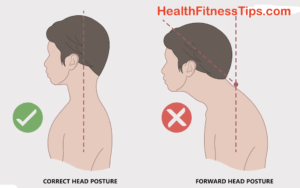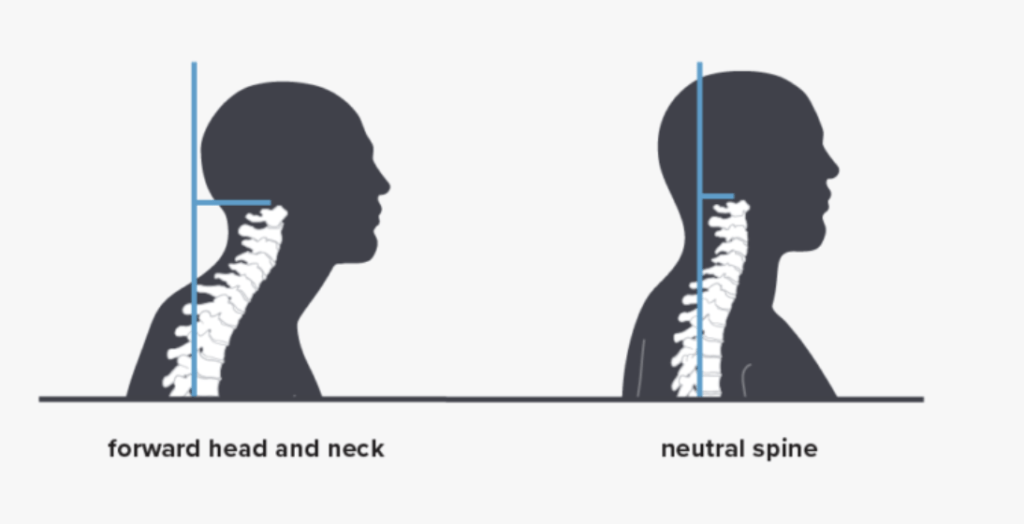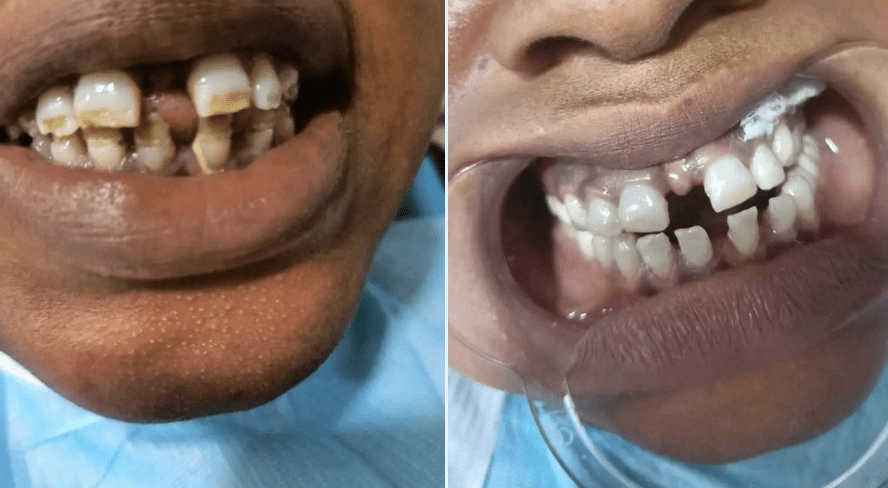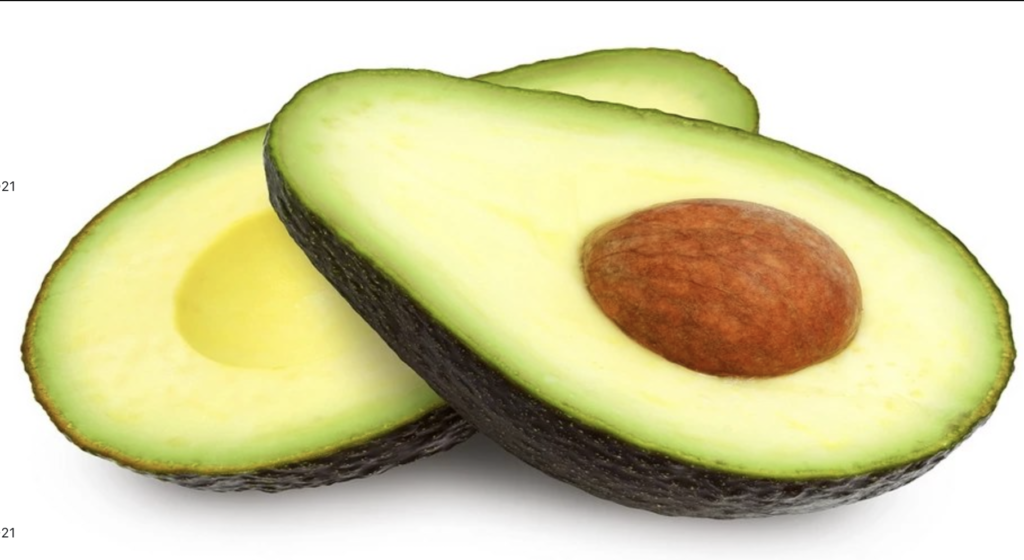Types of postural defects. Bad posture names-What Is Good Posture?
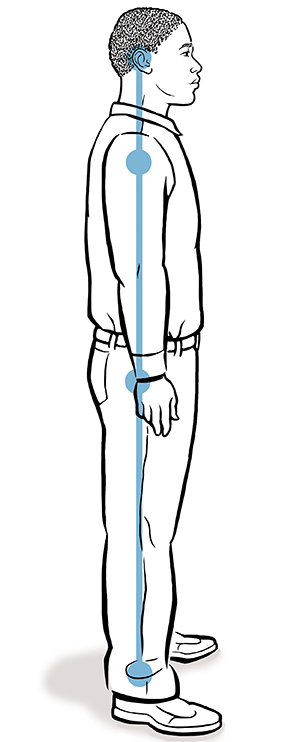
Good posture is the proper alignment of your body when standing or sitting. Correct positioning involves training yourself to hold your body against gravity with the least strain and tension on supportive structures, such as your muscles and ligaments
There are 5 different types of posture problems including:
1. Healthy Posture.
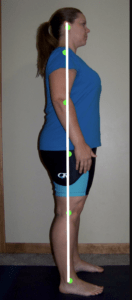
Good posture offers a variety of benefits including reduced back pain, increased energy, and greater confidence. Having a good posture is important to your overall health, as it can help you avoid muscle tension, pain, fatigue, and many other common ailments and medical conditions.
Healthy Posture.

Good Posture Tips
- Stand straight and tall with your shoulders back.
- Keep your head level and in line with your body.
- Pull in your abdomen.
- Keep your feet shoulder-width apart.
- Don’t lock your knees.
- Bear your weight primarily on the balls of your feet.
- Let your hands hang naturally at your sides.
2. Kyphosis Posture.

- Kyphosis is a spinal disorder in which an excessive curve of the spine results in an abnormal rounding of the upper back. The condition is sometimes known as round back or — in the case of a severe curve — as a hunchback.
- Kyphosis can occur at any age but is common during adolescence.
3. Flat Back Posture. (Hypolordosis)
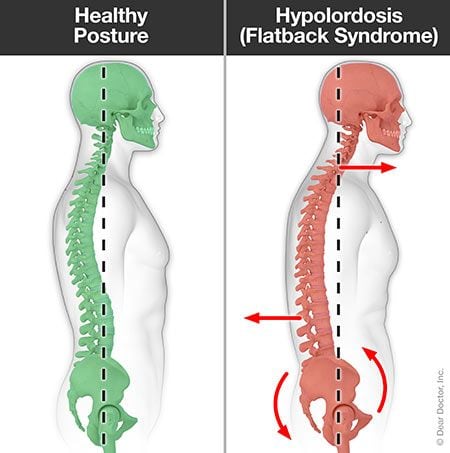
- Flatback syndrome (FBS) is a sagittal imbalance where the lower spine, the lumbar region, loses its natural curvature and becomes flat over time.
- This decreased curvature (lordosis) causes an imbalance in the spine, causing the person to lean forward and have difficulty standing upright and walking efficiently.
- Flatback syndrome occurs when the lower spine loses its curve and becomes straight. A flat back cause symptoms such as persistent back pain and an inability to stand upright. The human spine has several natural curves that give it its characteristic “S” shape
4. Swayback Posture. (Lordosis)

- The spine normally curves at the neck, the torso, and the lower back area. This positions the head over the pelvis naturally.
- The curves also work as shock absorbers, distributing the stress that occurs during movement.
- When the spine curves too far inward, the condition is called lordosis or swayback.
This posture condition can be caused by many different things including:
- Osteoporosis
- Kyphosis
- Obesity
- Pregnancy
- High Heels
- Stomach Sleeping
5. Forward Head Posture (FHP)

- The National Academy of Sports Medicine (NASM) defines FHP as holding the head out, in front of its natural position over the cervical spine. A person with FHP also typically tilts their head back in order to look forward.
- FHP increases compressive loading on tissues in the cervical spine, particularly the facet joints and ligaments.
Studies have reported that symptoms including neck pain, headache, temporomandibular pain, and musculoskeletal disorders are related to FHP
